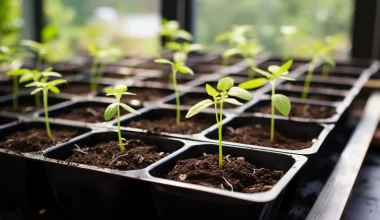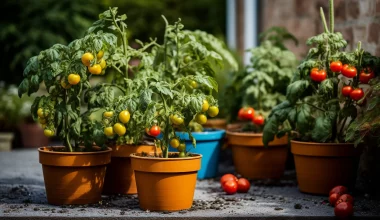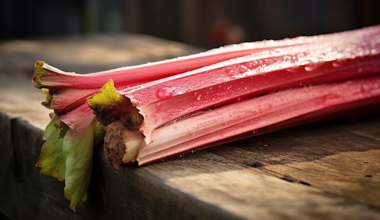Carrots are a popular vegetable to grow in home gardens. Their sweet taste and crunch make them a favorite for many. With the right care and attention, growing carrots can be a rewarding gardening experience. This comprehensive guide will delve into the vital aspects of carrot growing care, from soil preparation to harvesting.
Introduction
Carrots are not only nutritious and delicious, but they are also an engaging crop to grow. They thrive in cooler weather and can be grown in various climates. Here’s how to provide the best care for your carrot plants and ensure a successful harvest.
Watering
- Moisture Level: Keep the soil consistently moist, especially during germination and early growth. Carrots require about 1 inch of water per week.
- Avoid Waterlogging: While carrots need moisture, they don’t like sitting in waterlogged soil. Ensure proper drainage to avoid root rot.
- Watering Method: Use a gentle watering method, like a soaker hose or watering can with a showerhead attachment. This helps to prevent soil erosion and seed displacement.
Thinning
- Importance of Thinning: Carrots need space to grow. Thinning ensures that each carrot has enough room to develop properly.
- How to Thin: Once the seedlings are about 2 inches tall, thin them to about 3-5cm apart. Carefully snip or pinch off the excess seedlings at the soil line to avoid disturbing the roots of the remaining plants.
Feeding
- Soil Preparation: Carrots generally require nutrient-rich soil. Adding well-rotted compost before planting will provide most of the necessary nutrients.
- Avoid High Nitrogen Fertilizers: High nitrogen levels can cause excessive leaf growth at the expense of the roots, so avoid fertilizers high in nitrogen.
- Balanced Fertilizer: If needed, a balanced fertilizer (like a 10-10-10) can be applied midway through the growing season to boost growth.
Weeding
- Regular Weeding: Regularly weed around the carrots. Weeds can compete for nutrients, water, and space.
- Gentle Weeding: Weed by hand or with a hoe, being careful not to damage the developing carrots.
Pest and Disease Control
- Common Pests: Watch out for pests like carrot fly, aphids, and wireworms.
- Preventive Measures: Crop rotation, floating row covers, and companion planting with aromatic herbs can help deter pests.
- Natural Solutions: If pests do become a problem, consider natural solutions like neem oil or insecticidal soap.
Observing Growth
- Check the Shoulders: You can check the progress of your carrots by gently brushing aside the soil to expose the top of the root (called the “shoulder”). This will give you an idea of the carrot’s size and shape without pulling it out.
Whether you are a beginner gardener or an experienced grower, these guidelines will help you nurture your carrot plants and enjoy the fresh and flavorful produce. Happy gardening!






